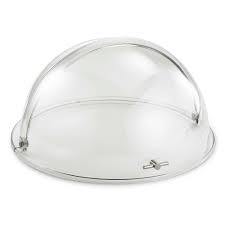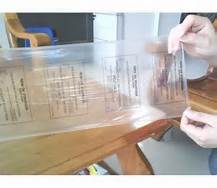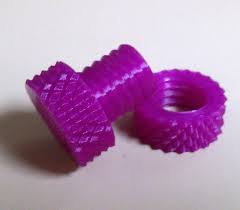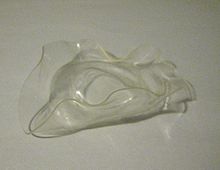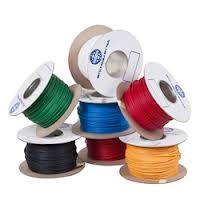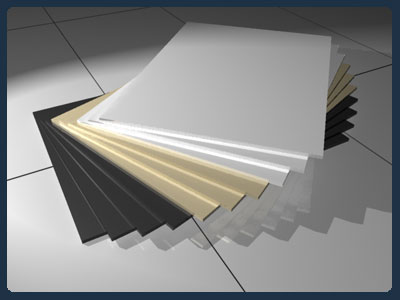SOFTPLA – Soft Polylactic Acid is PLA but more soft and less rigid when 3D printing.
Still PLA but polymerized in a different way and though with different physical characteristics.
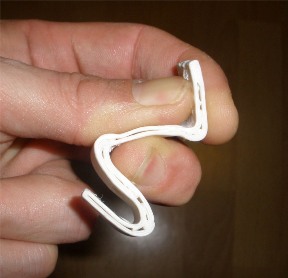
SOFTPLA Features
Not as elastic as rubber but comparable to any other soft plastic. It’s elasticity is incredible, “you can’t do things like this with rigid PLA or with ABS.
SOFTPLA Possible Disadvantages
You need a higher printing temperature, and you have to print much slower and it is more sticky to the NOPI tape. Printed on glass, without headbed, it sticks perfectly and is easy to remove.
A message from the owner:
I’m here to assist inventors, companies and organizations with all their 3D Printing and Fast Track Prototyping needs. I will find you expert 3D Printing and Fast Track Prototyping Printing solutions.
Thanks for taking the time to view this website.
I look forward to hearing from you,
Anthony

